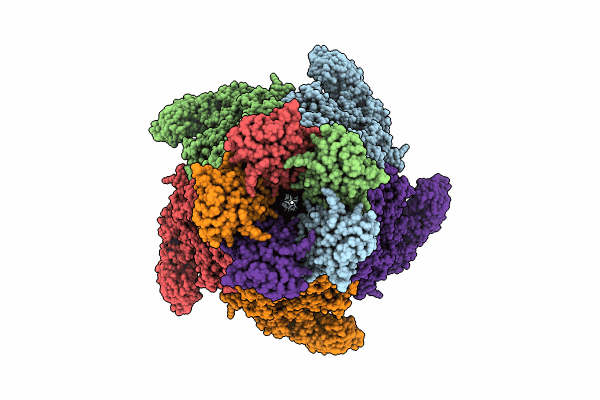
Deposition Date
2023-03-03
Release Date
2024-03-13
Last Version Date
2025-01-22
Entry Detail
PDB ID:
8CQ0
Keywords:
Title:
Photorhabdus luminescens TcdA1 prepore-to-pore intermediate, K567W K2008W mutant
Biological Source:
Source Organism:
Photorhabdus luminescens (Taxon ID: 29488)
Host Organism:
Method Details:
Experimental Method:
Resolution:
3.20 Å
Aggregation State:
PARTICLE
Reconstruction Method:
SINGLE PARTICLE


